- Home
- /
- Product Management
- /
- The Ultimate Guide to Startup…
Introduction
Navigating the world of startups is like walking a tightrope. Every step requires balance, precision, and a clear direction. At the heart of this journey lies the startup business model—the foundation upon which all successful ventures are built. Whether you’re dreaming of disrupting an industry or carving out a niche, understanding the various business models is crucial. In this guide, we’ll explore a comprehensive array of startup business models, diving deep into their mechanics, financial strategies, and examples from the real world.
Startup Business Models
Freemium Business Model: The Power of Free
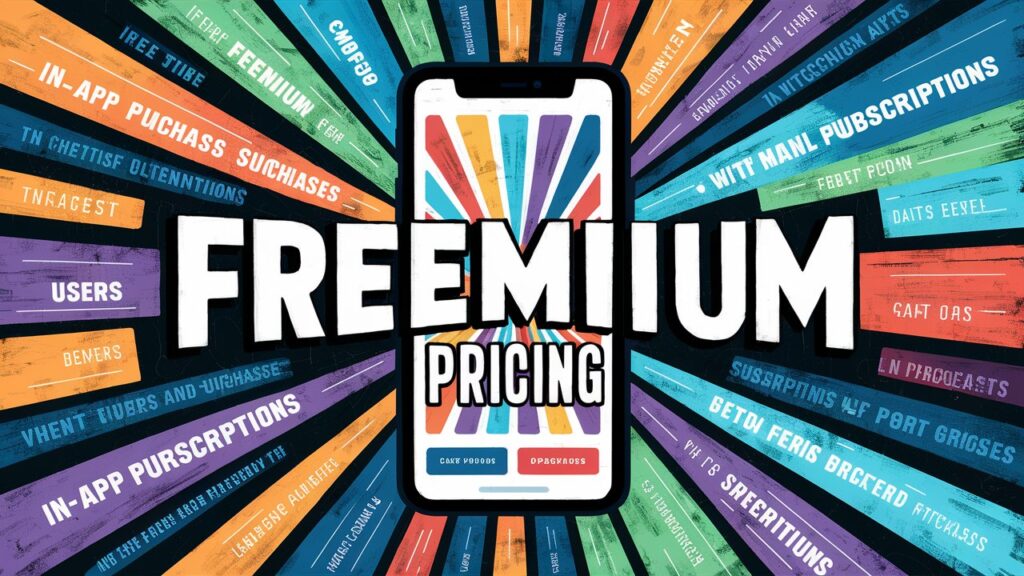
The Freemium Business Model is a tantalizing combination of “free” and “premium,” providing basic services for free while charging for more advanced features. This model is a popular choice for tech startups looking to build a user base quickly.
Examples
- Spotify offers free music streaming with ads, while premium users enjoy an ad-free experience and offline listening.
- LinkedIn provides basic networking tools for free, but premium users get access to advanced features like InMail and profile views.
Characteristics
- User Acquisition: The free tier attracts a large number of users, creating a funnel for converting some into paying customers.
- Monetization: Revenue is generated from premium subscriptions or in-app purchases.
- Challenges: Balancing free and paid features to ensure enough value in both tiers.
Subscription Business Model: Steady Revenue Streams
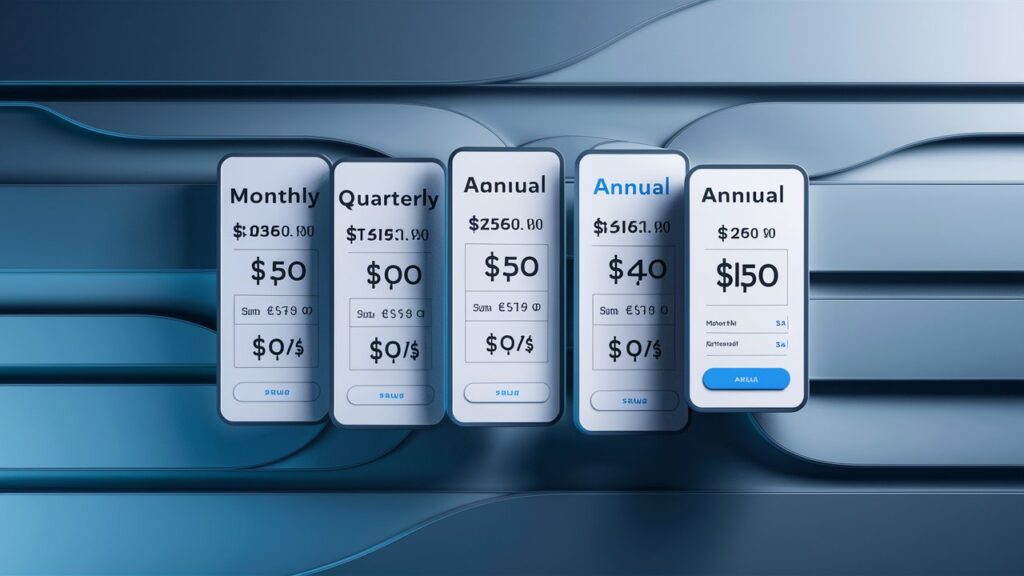
The Subscription Business Model has become a staple in the digital age, offering a consistent and predictable revenue stream by charging customers on a recurring basis.
Examples
- Netflix charges a monthly fee to access its extensive library of films and television shows.
- Amazon Prime offers an umbrella subscription that includes streaming, free shipping, and more.
Types
- Umbrella Subscription: A single fee for multiple services (e.g., Amazon Prime).
- Subscription Box: Regular delivery of products (e.g., Birchbox).
- Ecosystem Subscription: Subscription within a broader ecosystem (e.g., Apple’s iCloud).
Financial Model
- Recurring Revenue: Monthly or yearly payments provide steady cash flow.
- Customer Retention: Focus on reducing churn and increasing lifetime value (LTV).
Marketplace Business Model: Connecting Buyers and Sellers
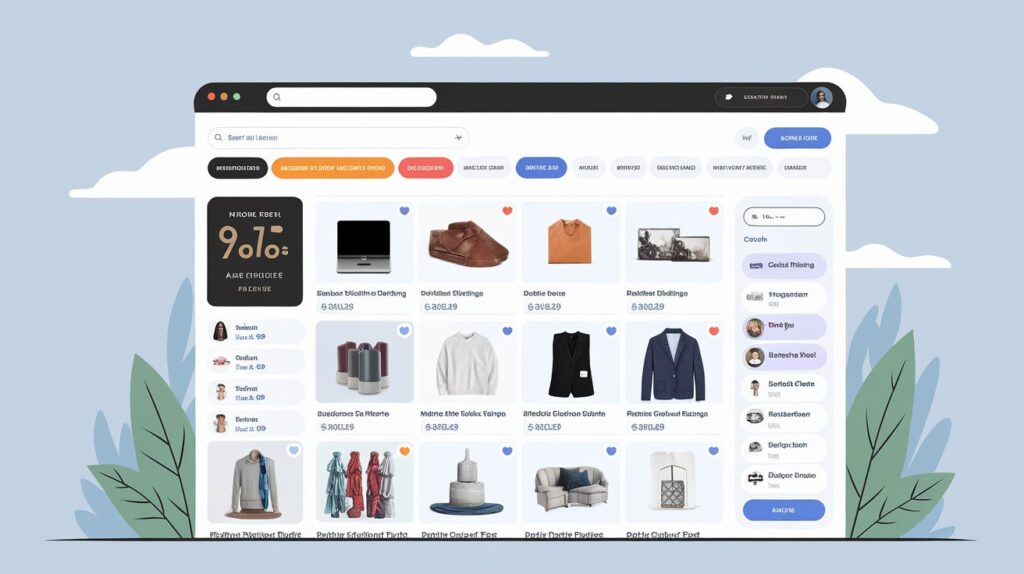
The Marketplace Business Model creates a platform where buyers and sellers can interact, with the platform owner taking a commission from each transaction.
Examples
- eBay allows users to buy and sell goods online, charging a fee for successful sales.
- Airbnb connects property owners with travelers, taking a percentage of each booking.
Characteristics
- Network Effects: As the platform’s user base grows, its value increases.
- Scalability: Once a critical mass of users is reached, it is possible to scale rapidly.
- Challenges: Balancing the needs of buyers and sellers while ensuring trust and safety.
Aggregator Business Model: Brand-Driven Excellence
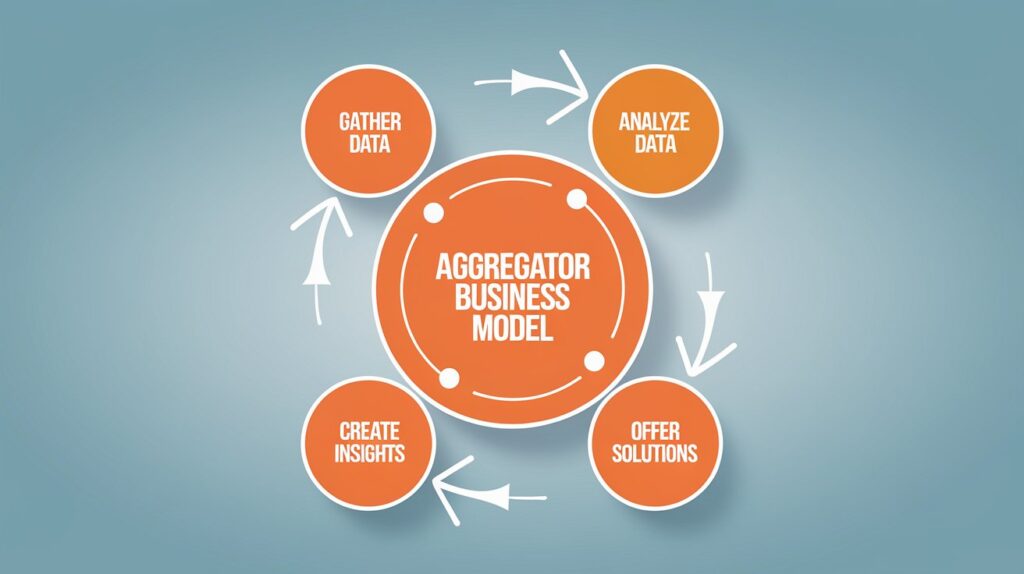
In the Aggregator Business Model, the company delivers services under its brand while relying on third-party providers to fulfill the service.
Examples
- Uber provides transportation services using independent drivers but under the Uber brand.
- Zomato aggregates restaurants and delivers food under its brand.
Working Model
- Brand Control: The aggregator ensures that the service quality and customer experience remain consistent.
- Revenue Model: Typically, a commission is charged on each transaction.
- Risk: Brand reputation is tied to the quality of third-party providers.
Pay-As-You-Go Business Model: Flexible and Scalable

The Pay-As-You-Go Business Model charges customers based on their usage, making it an attractive option for services where consumption varies.
Examples
- AWS (Amazon Web Services) charges for cloud computing resources based on usage.
- Twilio offers communication APIs where businesses pay only for the interactions they use.
Financial Model
- Cost Efficiency: Customers pay only for what they use, aligning costs with usage.
- Scalability: Easily scales with customer growth.
- Challenges: Pricing must be transparent and easy to understand.
EdTech Business Model: Democratizing Education

The EdTech Business Model leverages technology to deliver educational content to a global audience, often at a lower cost than traditional education.
Examples
- Coursera offers online courses from top universities, monetizing through course fees and certifications.
- Udemy operates as a marketplace where instructors can sell their courses.
Types
- Freemium: Basic courses are free, with advanced content behind a paywall.
- Subscription: Access to all courses for a recurring fee.
- Ad-Supported: Free content with ads generating revenue.
Challenges
- Content Quality: Ensuring that courses are up-to-date and engaging.
- Instructor Recruitment: Attracting qualified educators to create content.
Lock-In Business Model: Building Loyalty
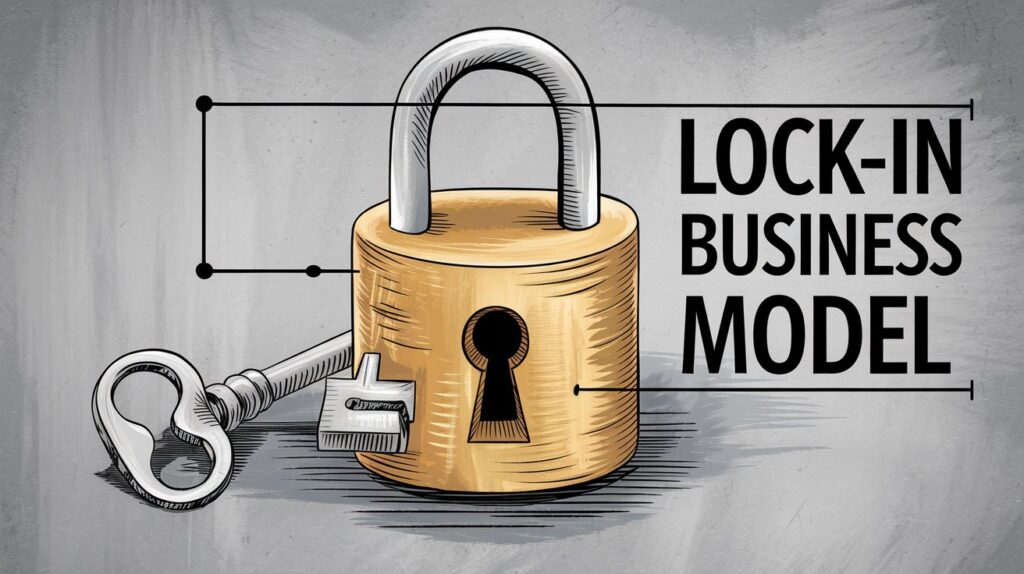
The Lock-In Business Model aims to retain customers by creating high switching costs or providing superior value that discourages them from leaving.
Examples
- Apple creates a seamless ecosystem where devices and services work best together, making it inconvenient to switch to another brand.
- Adobe Creative Cloud offers a suite of tools that integrate tightly, making it hard for professionals to switch to competitors.
Strategies
- Switching Costs: Making it expensive or difficult for customers to leave.
- Ecosystem Integration: Offering complementary products that work better together.
- Challenges: Avoiding customer frustration with being “locked in.”
API Licensing Business Model: The Backbone of Innovation
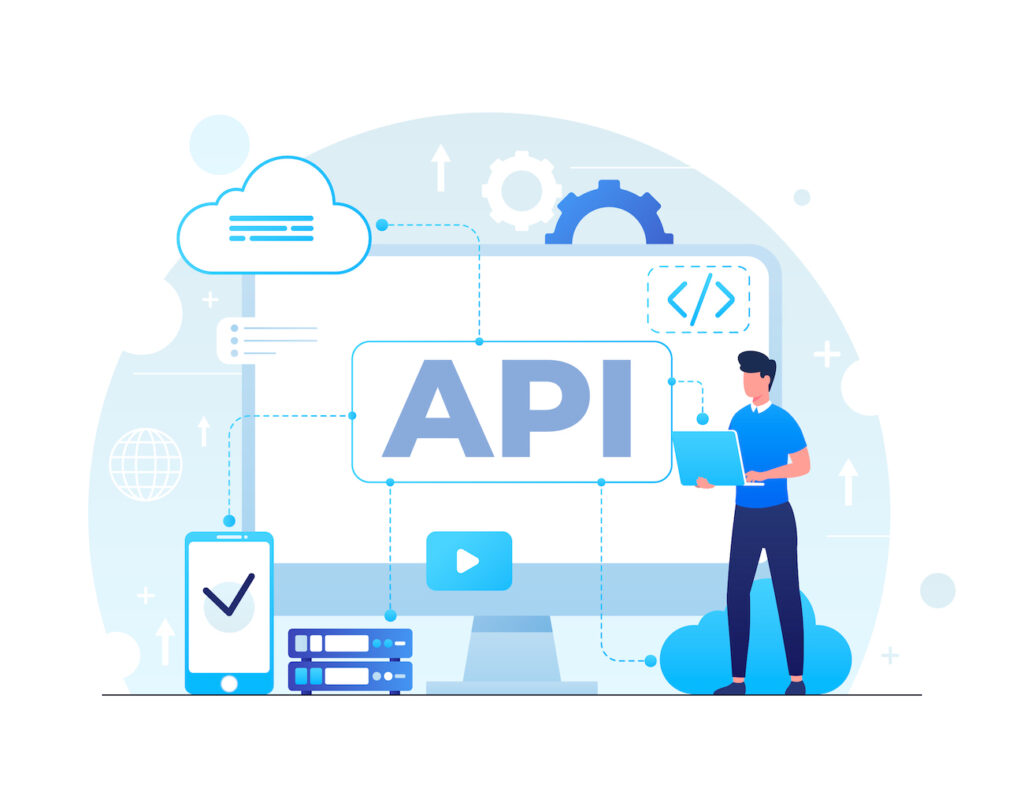
The API Licensing Business Model allows startups to monetize their technology by offering APIs (Application Programming Interfaces) to developers and businesses.
Examples
- Twilio provides communication APIs for voice, SMS, and video.
- Stripe offers payment processing APIs for online businesses.
Working Model
- Revenue: Generated through API usage fees or licensing agreements.
- Scalability: APIs can be licensed to multiple clients, enabling rapid growth.
- Support: Providing excellent documentation and customer support is crucial.
Open-Source Business Model: Freedom and Profitability

The Open-Source Business Model involves offering software for free while monetizing through premium features, support, or enterprise solutions.
Examples
- Red Hat offers open-source Linux distributions with paid support services.
- MongoDB provides a free database platform with paid enterprise features.
Revenue Streams
- Support Services: Charging for professional support and consulting.
- Enterprise Features: Offering advanced features for a fee.
- Challenges: Balancing community contributions with commercial interests.
Blockchain Business Model: Decentralization and Trust

The Blockchain Business Model leverages decentralized technology to offer secure and transparent transactions without the need for intermediaries.
Examples
- Ethereum offers a platform for building decentralized applications (dApps).
- Solana offers a high-performance blockchain platform for scalable applications.
Types
- Token Economy: Monetizing through the sale of tokens.
- Blockchain as a Service (BaaS): Offering blockchain infrastructure to businesses.
- Network Fees: Charging for transactions on the blockchain.
Challenges
- Regulation: Navigating the evolving legal landscape.
- Security: Ensuring the integrity and security of the blockchain.
Razor Blade Business Model: The Classic Loss Leader

The Razor Blade Business Model involves selling a core product at a low price (or even a loss) and making profits from recurring sales of complementary products.
Examples
- Gillette sells razors at low prices, but profits from the razor blades.
- Nespresso sells coffee machines cheaply but profits from the sale of coffee pods.
Working Model
- Loss Leader: The initial product is sold at a low price to attract customers.
- Recurring Revenue: Profits are made from the sale of consumables or accessories.
- Challenges: Ensuring that the recurring revenue stream is sufficient to cover initial losses.
Direct-To-Consumer (D2C) Business Model: Cutting Out the Middleman
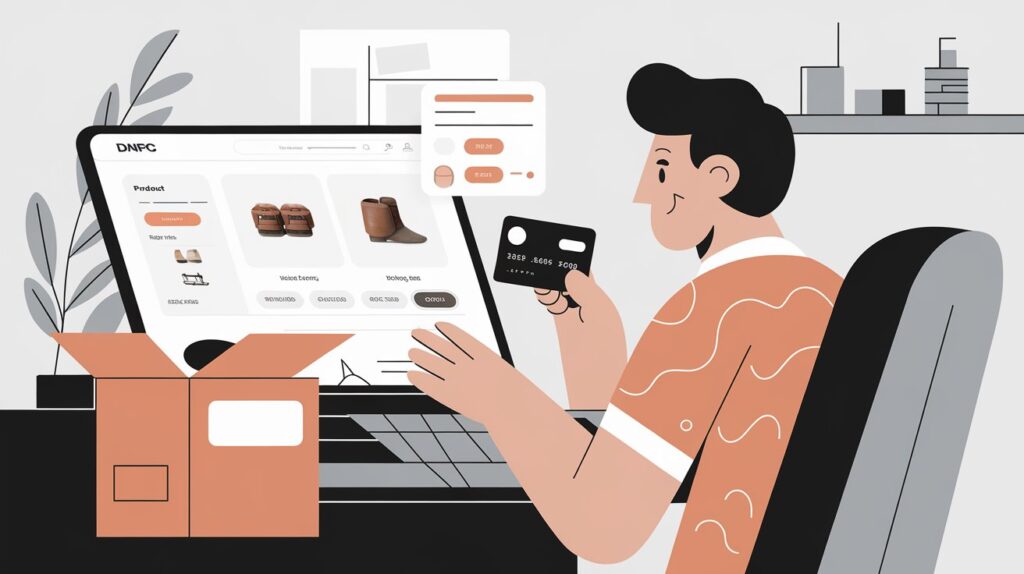
The Direct-To-Consumer (D2C) Business Model involves selling products directly to customers, bypassing traditional retailers.
Examples
- Warby Parker sells eyewear directly to consumers online, avoiding retail markups.
- Glossier leverages social media to sell beauty products directly to consumers.
Advantages
- Higher Margins: By cutting out intermediaries, companies can capture more profit.
- Customer Insights: Direct relationships with customers allow for better data collection and personalization.
- Challenges: Managing logistics, customer service, and marketing independently.
Private Label vs. White Label Business Model: Branding without Manufacturing
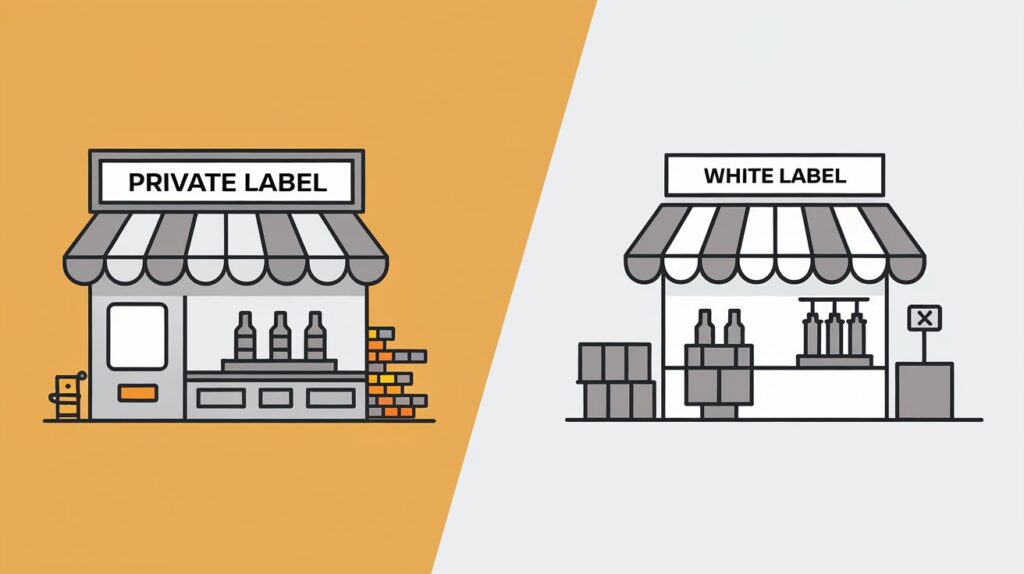
Private Label and White Label products are manufactured by a third party and sold under a company’s brand name, offering a way to enter the market without owning manufacturing facilities.
Examples
- Amazon Basics offers a range of products manufactured by third parties but sold under the Amazon brand.
- Costco’s Kirkland brand is a private label that spans various categories.
Differences
- Private Label: Unique products sold exclusively by one retailer.
- White Label: Generic products that multiple retailers can brand as their own.
- Challenges: Maintaining quality control and differentiating products in a competitive market.
Franchise Business Model: Scaling Through Replication

The Franchise Business Model allows a business to expand rapidly by licensing its brand, business model, and operations to franchisees.
Examples
- McDonald’s operates thousands of locations worldwide through franchising.
- 7-Eleven allows individuals to own and operate stores under its brand.
Working Model
- Franchise Fees: Initial and ongoing fees paid by franchisees.
- Brand Control: Franchisors must ensure consistency across all locations.
- Challenges: Managing the balance between control and autonomy for franchisees.
Lean Startup Business Model: Build-Measure-Learn
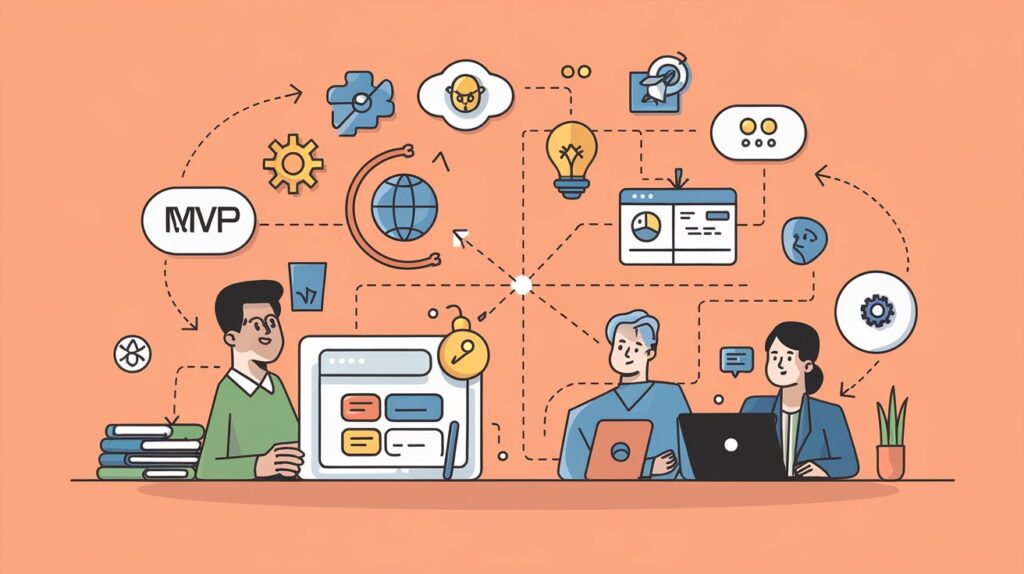
The Lean Startup Business Model focuses on creating a minimum viable product (MVP), testing it in the market, and iterating based on feedback. This model emphasizes speed and flexibility.
Examples
- Dropbox began with a simple video demonstrating the concept before developing the entire product.
- Buffer started with a simple landing page to gauge interest in its social media scheduling tool.
Process
- Build: Create an MVP with just enough features to attract early adopters.
- Measure: Collect information about how customers use the product.
- Learn: Make informed decisions to pivot or persevere.
Challenges
- Finding the appropriate balance between speed and thoroughness in development.
On-Demand Business Model: Instant Gratification

The On-Demand Business Model provides services or products immediately upon request, leveraging technology to meet customer needs in real-time.
Examples
- Uber offers on-demand transportation services through its app.
- Postmates delivers food and goods to customers on demand.
Characteristics
- Convenience: The primary value proposition is the speed and ease of service.
- Scalability: Can quickly scale as demand grows.
- Challenges: Managing supply and demand, particularly during peak times.
Social Enterprise Business Model: Profit with Purpose
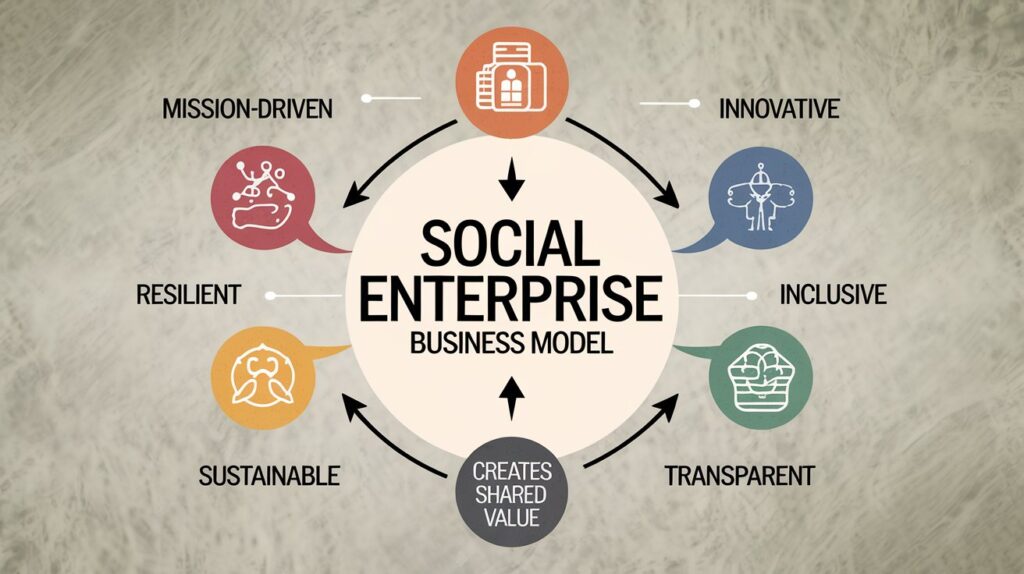
The Social Enterprise Business Model combines profit-making with social or environmental missions. These startups aim to address societal issues while remaining financially sustainable.
Examples
- TOMS Shoes operates a “One for One” model, donating a pair of shoes for every pair sold.
- Patagonia donates a portion of its profits to environmental causes.
Revenue Streams
- Product Sales: Profits are reinvested into the social mission.
- Donations and Grants: Additional funding sources may include philanthropic donations.
- Challenges: Balancing profitability with social impact.
SaaS Business Model: Software as a Service

The SaaS (Software as a Service) Business Model involves offering software applications over the Internet, typically through a subscription model. This approach eliminates the need for users to install and maintain software on their devices.
Examples
- Salesforce provides customer relationship management (CRM) software as a service.
- Slack offers a subscription-based communication platform for teams.
Advantages
- Scalability: Easily scales with user growth.
- Recurring Revenue: Provides a steady stream of income through subscriptions.
- Challenges: High competition and the need for continuous innovation.
Hyper-Personalization Business Model: Tailored Experiences
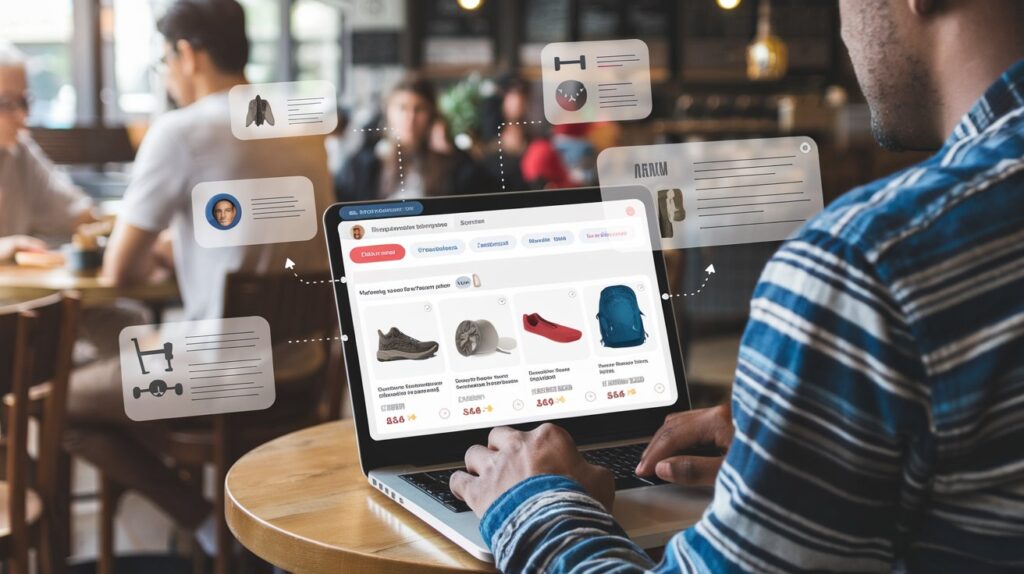
The Hyper-Personalization Business Model leverages data and technology to deliver highly customized products or services, enhancing user engagement and satisfaction.
Examples
- Stitch Fix offers personalized clothing recommendations based on user preferences.
- Spotify curates personalized playlists using data on listening habits.
Key Components
- Data Collection: Gathering extensive data on user behavior and preferences.
- AI and Machine Learning: Using advanced algorithms to tailor experiences.
- Challenges: Privacy concerns and the complexity of data management.
Circular Economy Business Model: Sustainability and Efficiency

The Circular Economy Business Model focuses on creating a sustainable system where resources are reused, recycled, and regenerated, minimizing waste and environmental impact.
Examples
- IKEA is exploring circular design principles, offering furniture that can be refurbished, resold, or recycled.
- Patagonia promotes the repair and resale of its products, extending their lifecycle.
Working Model
- Resource Efficiency: Maximizing the use of resources and minimizing waste.
- Product Design: Creating long-lasting, repairable, and recyclable products.
- Challenges: Changing consumer behavior and the need for a robust infrastructure for recycling and reuse.
Conclusion: Choosing the Right Business Model

Selecting the right startup business model is not just about following trends; it’s about aligning your business goals with the model that best suits your product, market, and long-term vision. Whether you opt for the scalability of SaaS, the steady revenue of subscriptions, or the purpose-driven approach of a social enterprise, understanding the intricacies of each model is crucial to your success.
The key to thriving in the competitive startup landscape is flexibility. Be prepared to pivot your business model as you learn from your customers, the market, and your own experiences. With a solid understanding of the various business models available, you’re better equipped to make informed decisions that will drive your startup toward success.
Enjoyed this article? Dive deeper into entrepreneurship with our detailed guide—check it out here. Plus, explore our curated resources on entrepreneurship right here.

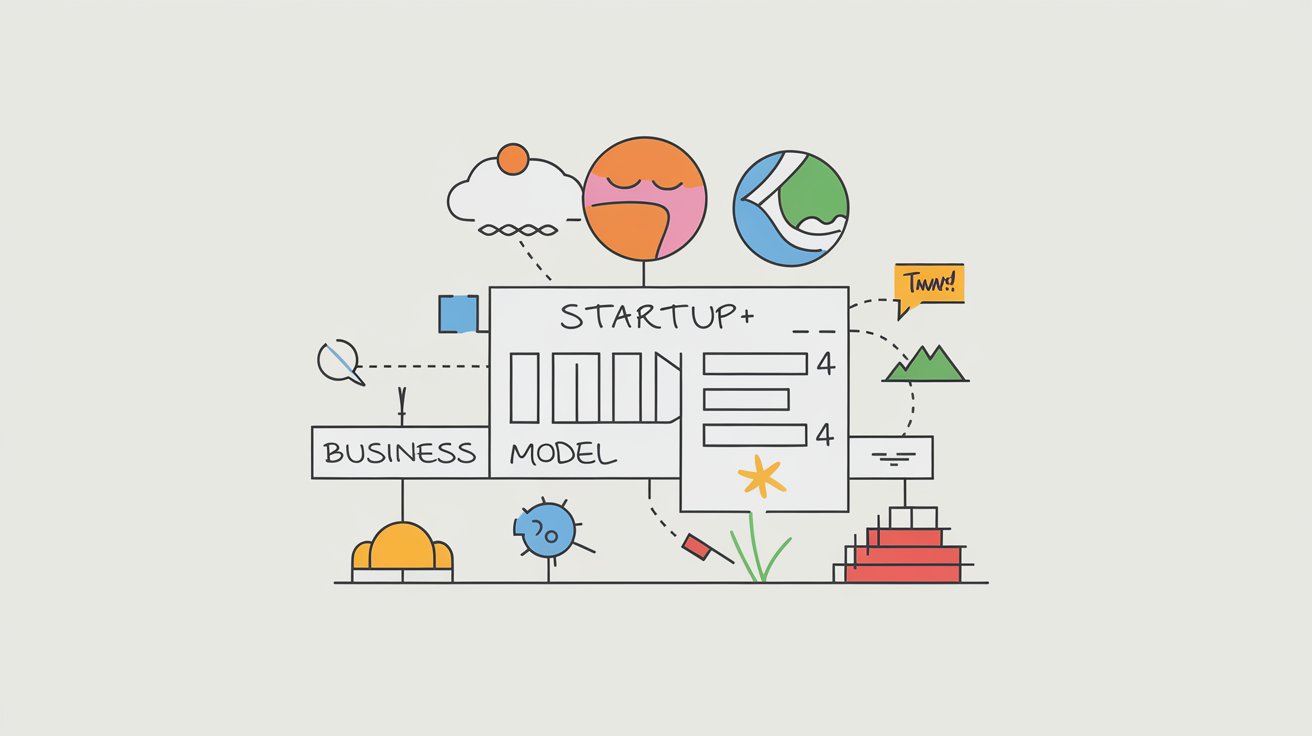






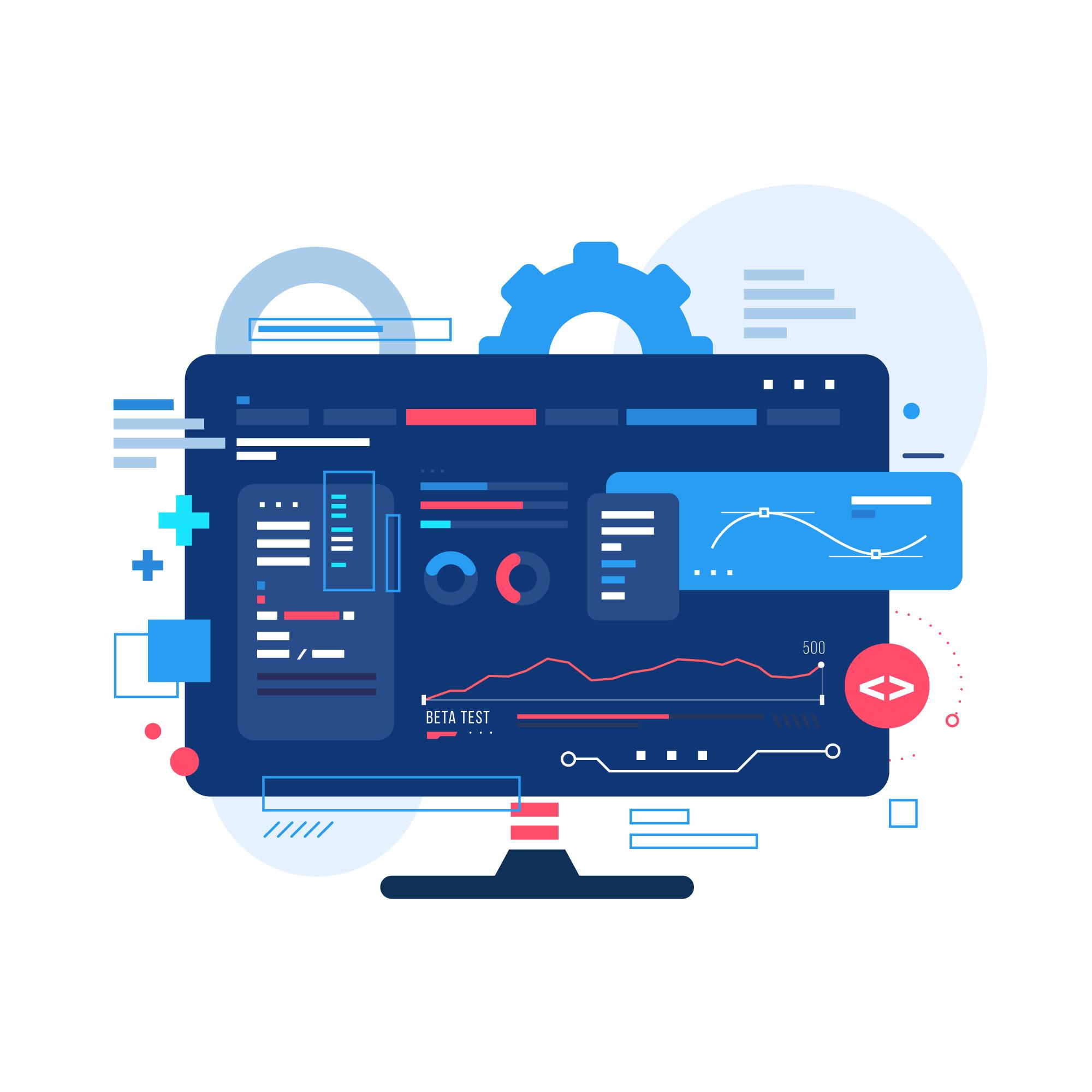



Leave a Reply